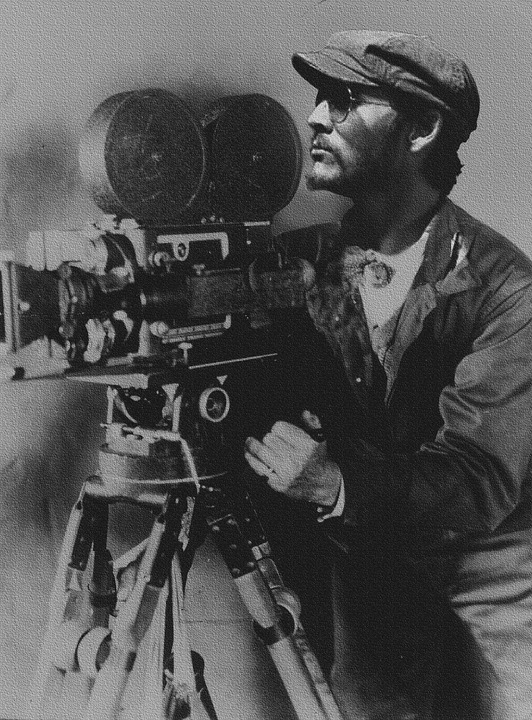The Director’s Role in Shaping the Visual Style of a Production
Introduction
The director plays a crucial role in shaping the visual style of a production. From choosing the right camera angles to deciding on the color palette, the director’s creative decisions have a significant impact on how the audience perceives the film or television show. In this article, we will explore the various ways in which directors influence the visual style of a production and discuss the importance of their role in creating a cohesive and engaging viewing experience.
Choosing the Right Cinematographer
One of the most important decisions a director makes when shaping the visual style of a production is choosing the right cinematographer. The cinematographer is responsible for capturing the director’s vision on camera, and their expertise in lighting, framing, and camera movements can greatly influence the look and feel of a film or television show. By collaborating closely with the cinematographer, the director can ensure that the visual style of the production aligns with their creative vision.
Selecting Locations and Set Design
In addition to working with the cinematographer, the director also plays a key role in selecting locations and overseeing set design. The locations and sets chosen for a production can greatly impact the visual style, helping to establish the mood, tone, and atmosphere of the film or television show. Whether it’s a gritty urban setting or a lush countryside backdrop, the director’s choice of locations and set design can enhance the storytelling and immerse the audience in the world of the production.
Creating a Color Palette
Another important aspect of shaping the visual style of a production is creating a color palette. Colors can evoke emotions, set the tone for a scene, and convey themes and motifs throughout a film or television show. The director works closely with the production designer and costume designer to establish a cohesive color scheme that enhances the storytelling and reinforces the overall visual aesthetic. By paying attention to color theory and symbolism, the director can create a visually striking and thematically rich production.
Blocking and Camera Movement
The director is also responsible for blocking actors and orchestrating camera movement during filming. The way actors move and interact with each other, as well as the way the camera moves and captures the action, can impact the visual style of a production. By strategically positioning actors within the frame and choreographing camera movements, the director can create dynamic and visually engaging scenes that draw the audience into the story.
Editing and Post-Production
Once filming is complete, the director works closely with the editor during post-production to shape the final visual style of the production. The editing process involves making decisions about pacing, rhythm, and visual continuity, as well as incorporating visual effects and sound design to enhance the overall viewing experience. By collaborating with the editor and other post-production professionals, the director can ensure that the visual style of the production remains consistent and impactful from start to finish.
Conclusion
In conclusion, the director plays a crucial role in shaping the visual style of a production. By working closely with cinematographers, production designers, costume designers, and editors, the director can bring their creative vision to life on screen. From choosing the right locations and color palette to blocking actors and orchestrating camera movements, the director’s creative decisions have a significant impact on how the audience perceives the film or television show. By understanding the importance of their role in creating a cohesive and engaging viewing experience, directors can elevate the visual aesthetic of their productions and leave a lasting impression on audiences.
